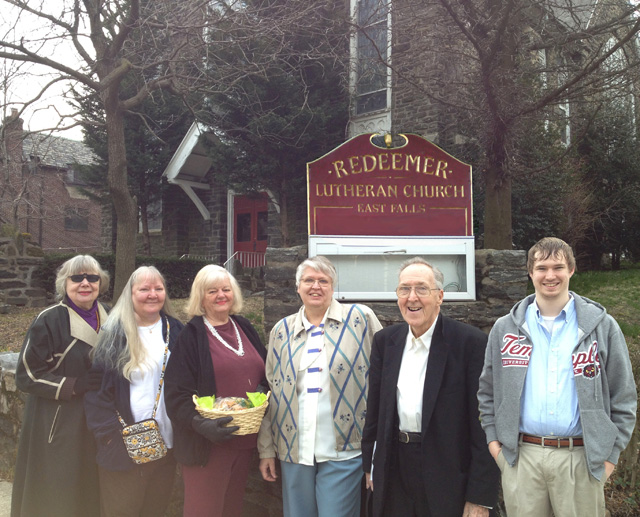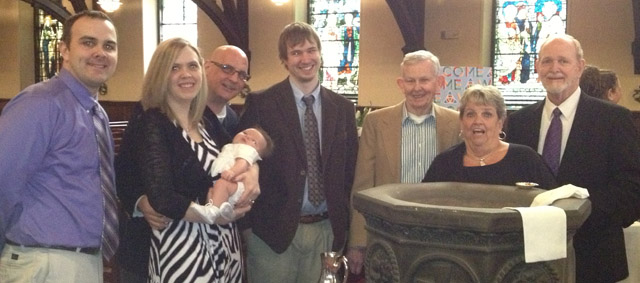The road to diversity. Who has the map?
How does a denomination reach diversity goals when diversity is so difficult to measure?
Here’s what probably won’t work:
- assigning a pastor who brings along personal friends who fit diverse criteria and adds them to a congregation’s membership roster without going through the constitutional membership process.
- pigeon-holing already diverse populations and directing them to churches where you think they will be happier.
- assuming that individual personal worship preferences are dictated by skin color or ethnicity.
- assuming that one congregation can serve only one demographic—the one they served 40 years ago.
- trying so hard to appeal to new populations (that might not even be local) that the long-time supporters feel like strangers.
- locking out an already diverse community, which has made major contributions to the denomination, with a stated goal of replacing them.
Each of these tactics was tried by SEPA leadership at Redeemer. Each failed.
What does work?
- consciously welcoming whomever walks through the door.
- consciously creating a fellowship that draws newcomers in. (Just setting up a coffee urn and snack table isn’t enough.)
- empowering all to invite others. (Find a way to model this to make it part of your congregation’s personality.)
- providing a quality worship experience despite numbers. (This doesn’t mean hiring a lot of professional musicians. It means nurturing the worship experience, not always going with the obvious, expanding the experience so that there is something for new worshipers to connect with and something for older members to own and cherish.)
- expanding or changing the worship experience incrementally, not all at once.
- fostering participatory worship every week. (Let go of the reins. Really engage worshipers and give them a leadership role in planning worship.)
- not forcing old ways on new people.
- not forcing new ways on old people.
- using repetition. (Introduce new elements slowly and repeat them often until they are accepted.)
- re-examining the “givens” in our worship life to determine if they are understood and appreciated by the current group of worshipers or if a change might make an overall difference. (Example: Are an opening hymn, sermon hymn and closing hymn enough musically? Is the frequency of communion attracting people or keeping them away? Would shorter or longer sermons be appreciated? Should children be excused for most of the service? Is the time of worship interfering with attendance?)
- listening to newcomers to understand their worship preferences.
Redeemer used these methods with success. We didn’t know all this when we started. We worked at it. We made mistakes. What we learned from mistakes makes us more certain of our success.
We hope our experience serves as a roadmap.





